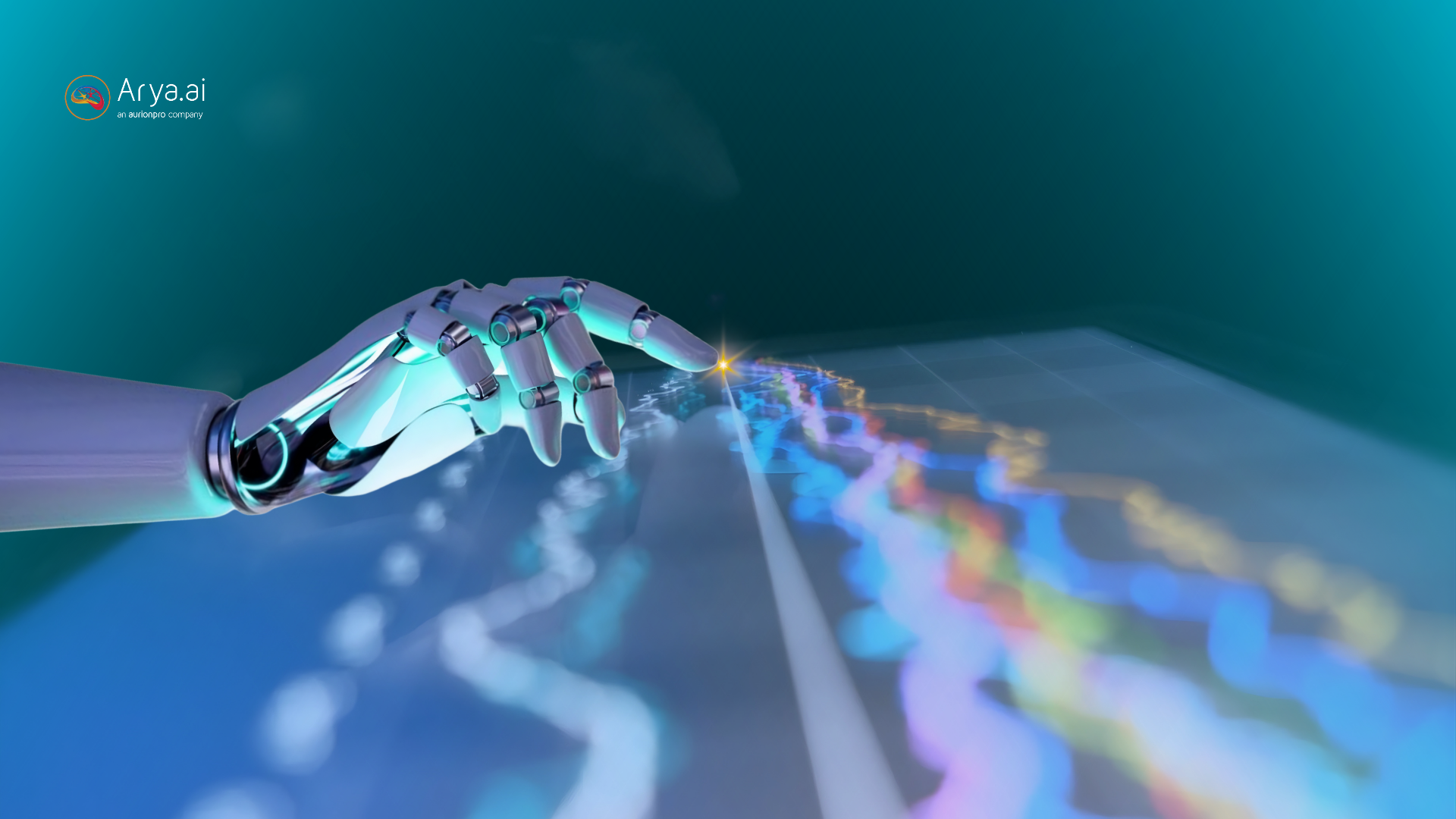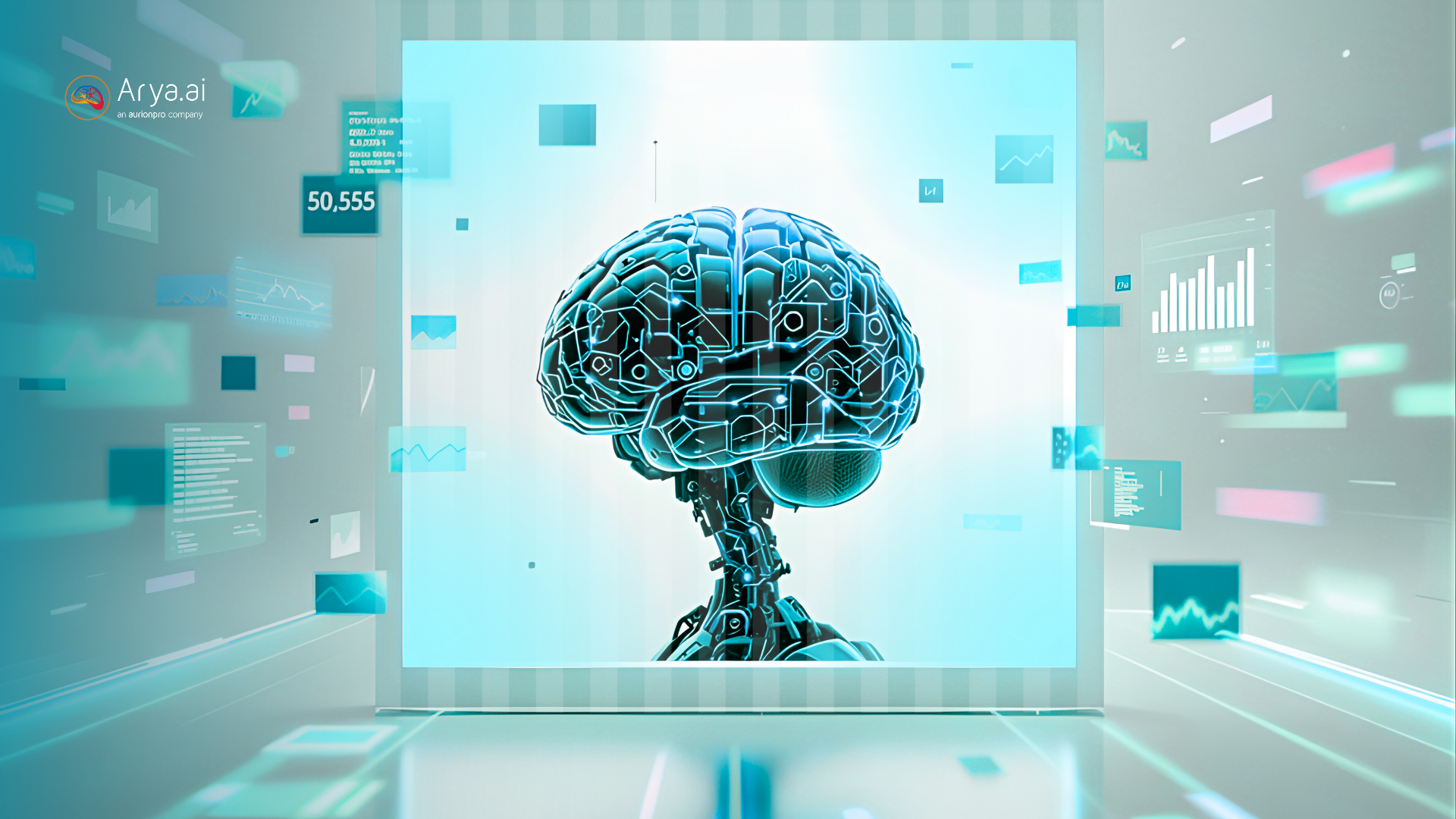
For Gen AI adoption, an enterprise needs a clear framework for roles and responsibilities. A lot of enterprises implemented Gen AI without a proper framework, and it failed. Simply handing AI tools to the end-user and expecting magic does not work.

Now that it has been understood that Gen AI needs a strategic approach for it to be successful. And that is where a structured role framework comes in. It works as a starting point so teams aren’t stuck staring at a blank page, and it prevents the knee-jerk of falling back on old roles that don’t fit GenAI.
This article aims to help readers build a comprehensive role ecosystem organized into four layers:
- Strategic layer,
- Design & Governance layer,
- Build & Operate layer, and
- Enablement & Adoption layer
Strategic Layer
The Strategic Layer focuses on high-level vision, alignment with business goals, and oversight of generative AI initiatives.

Chief AI Officer (CAIO)
The CAIO provides top-level leadership and strategy for all AI initiatives. As the lead decision-maker for AI, this executive defines the AI vision and communicates its potential business value to stakeholders.
- Responsibilities: Key duties include identifying high-impact use cases (and where the most significant financial benefits can be realized), prioritizing AI investments, and creating an AI roadmap.
- Key Performance Indicators (KPIs): Strategic KPIs center on the business outcomes of AI initiatives. These may include the ROI of AI investments (e.g., revenue uplift from AI-driven products, cost savings from process automation, or efficiency gains measured in hours saved).
- Contribution to GenAI Implementation & ROI: As the strategic champion, the CAIO’s influence is pivotal to GenAI's success. By setting a clear vision and securing executive buy-in, this role ensures that generative AI projects receive the necessary support and do not languish in pilot purgatory.
ROI & Metrics Analyst
The ROI & Metrics Analyst is dedicated to measuring the success of generative AI initiatives in concrete terms. This role develops the framework for tracking key metrics and outcomes for each GenAI project.
- Responsibilities: Defining KPIs for projects (in collaboration with business owners), collecting and analyzing data on AI usage and performance, and calculating the return on investment (ROI) of AI deployments.
- Key Performance Indicators (KPIs): Ironically, this role’s performance is measured by how effectively it measures others.
- Contribution to GenAI Implementation & ROI: This role directly supports the “value realization” part of GenAI initiatives.
Design & Governance Layer
This layer makes sure that GenAI solutions are thoughtfully designed and responsibly governed. Planning, architecture, and policies are all a part of this layer. Roles in this layer translate the vision into guidelines, system designs, and governance structures. They define how Gen AI will be built and controlled.

AI Ethics & Governance Lead
The role develops and enforces policies to keep Gen AI use ethical, legal, and aligned with company values.
- Responsibilities: Establishing an AI governance framework, including guidelines on data privacy, bias mitigation, transparency, and acceptable use of AI. They work to ensure all AI systems are developed and deployed responsibly and comply with relevant regulations and ethical standards.
- KPIs: Key KPIs include the number of AI compliance incidents or ethical breaches – ideally zero. If generative AI models are in use, metrics might track reductions in flagged issues (e.g. percentage of AI outputs caught for policy violations).
- Contribution to GenAI Implementation & ROI: Without proper governance, GenAI projects could backfire. If a chatbot produces offensive or biased content, it can lead to bad publicity, loss of customer trust, drops in employee morale, or even legal penalties. This role plays a critical role in GenAI implementation.
Data & Infrastructure Architect
The Data & Infrastructure Architect is tasked with designing the technical foundation on which generative AI solutions are built.
- Responsibilities: Evaluate and select the right platforms for model development or deployment (e.g. cloud services, on-premises servers, GPU clusters), designing data pipelines and storage (such as data lakes or vector databases for embeddings), and ensuring that enterprise data can be effectively used by AI models.
- Key Performance Indicators (KPIs): Robustness, scalability, and efficiency of the AI infrastructure determine the success. KPIs might include system performance metrics (latency of AI responses, uptime/availability of AI services, throughput of data pipelines).
- Contribution to GenAI Implementation & ROI: Their contribution is foundational because their role is critical for scalability.
Build & Operate Layer
This is where generative AI solutions are developed, deployed, and maintained.

Prompt Engineering Lead
The Prompt Engineering Lead is a newer role unique to generative AI, focused on designing and optimizing prompts and interactions for AI models (especially large language models). This role leads a team (or acts as the expert) in crafting the instructions that get fed to GenAI models to produce useful outputs.
- Responsibilities: Developing prompt templates and guidelines for various use cases. The Prompt Engineering Lead conducts extensive experimentation with different phrasing, contexts, and parameters to find the prompts that yield the best results for each task.
- KPIs: Specific KPIs could include the accuracy or relevance of generative AI outputs (perhaps measured by user satisfaction ratings or an evaluation by domain experts). Another KPI is the iteration speed to improve prompts: how quickly can the team optimize a prompt for a new use case or adapt to a model change.
- Contribution to GenAI Implementation & ROI: Prompt engineering is where “the rubber meets the road” in GenAI outputs. A well-crafted prompt can be the difference between an AI tool that provides a 80% draft requiring minimal polishing vs. a useless or harmful output.
AI Operations & Monitoring Engineer
The AI Operations & Monitoring Engineer (sometimes called an “AI Ops” or “ML Ops” engineer) is responsible for the deployment, reliability, and ongoing performance of generative AI systems in production. Once the models, prompts, and applications are developed, this role makes sure they run smoothly for users day-to-day.
- Responsibilities: Key responsibilities include setting up and managing the infrastructure for model deployment (e.g. containerizing models or integrating them via APIs into applications), and implementing monitoring tools to track the health of AI services.
- KPIs:. Common metrics include system uptime/availability of AI services (aiming for high 99.x% uptime depending on criticality), and mean time to detect/resolve incidents (MTTD/MTTR).
- Contribution to GenAI Implementation & ROI: Without solid operations, even the most promising GenAI pilot can fail to deliver value at scale. The AI Operations & Monitoring Engineer ensures that generative AI solutions are reliable and performant, which directly affects user trust and adoption.
Enablement & Adoption Layer
This layer prepares the organization to embrace GenAI.

AI Training & Enablement Manager
The AI Training & Enablement Manager is responsible for empowering employees with the knowledge and skills to use generative AI tools and integrating those tools into their workflows. This role develops and delivers training programs, workshops, and learning materials tailored to various user groups (for example, training customer support reps on using an AI assistant, or training content writers on using a GenAI writing tool).
- Responsibilities: Create documentation and internal user guides for generative AI applications, including best practices, do’s and don’ts, and example use cases.
- KPIs: Key KPIs include the percentage of target users trained on the generative AI tools (e.g., 90% of the content team completed the AI writing tool training). Another is usage rates of the AI tools post-training.
- Contribution to GenAI Implementation & ROI: This role is a force multiplier for generative AI ROI. Even the best AI system delivers zero value if employees don’t use it or use it incorrectly.
Change Management & Adoption Specialist
This role focuses on the human and organizational factors of GenAI implementation, ensuring that the introduction of generative AI is managed in a structured, positive way.
- Responsibilities: Develop a change management plan that addresses stakeholder engagement, communication, and transition steps.
- KPIs: Measuring change management can be nuanced, but there are clear indicators of success in adoption. One primary KPI is the adoption rate of the generative AI solution – what percentage of the target user base is actively using the tool after a given period.
- Contribution to GenAI Implementation & ROI: This role directly influences the realization of GenAI’s value by ensuring people embrace the change. No matter how powerful the technology, if employees are fearful, confused, or resistant, the project will stall or underperform.
Conclusion
A structured role framework accelerates time-to-value through focused expertise. It’ll ensure that the efforts are directed where they should be and drive a higher adoption rate with proper governance and ethical framework.
The result is a cohesive approach where generative AI is not a siloed experiment, but a well-integrated enterprise capability delivered by a team of specialized roles working in concert.
If you’d like to integrate Gen AI into your workplace, please connect with our experts at Arya.ai.





.png)





.png)




.png)
.svg)


